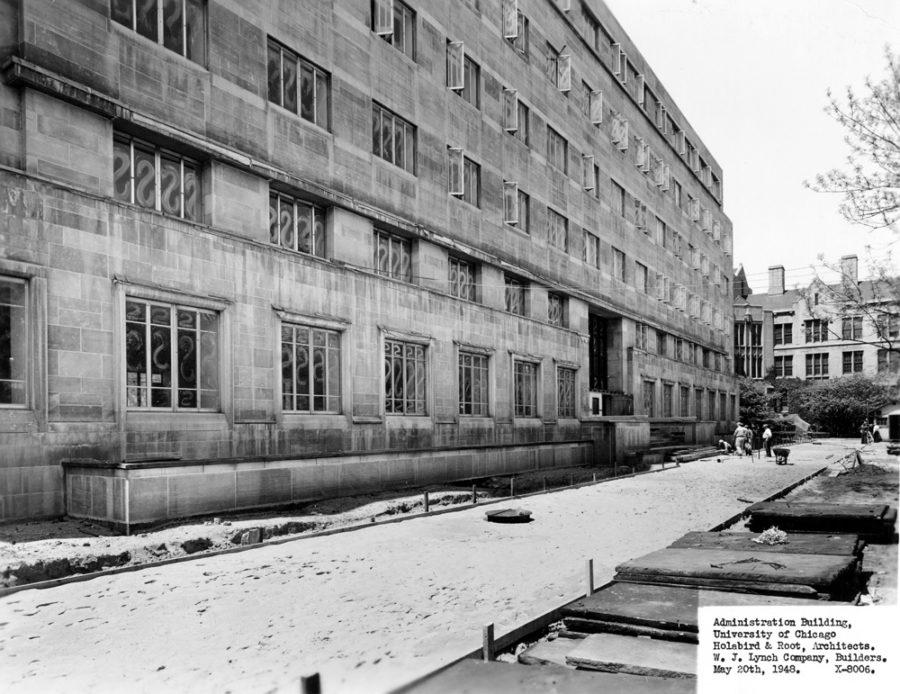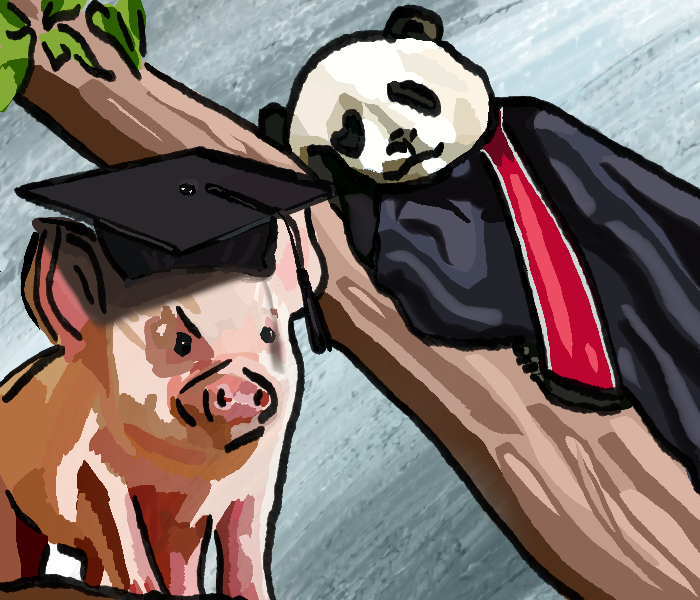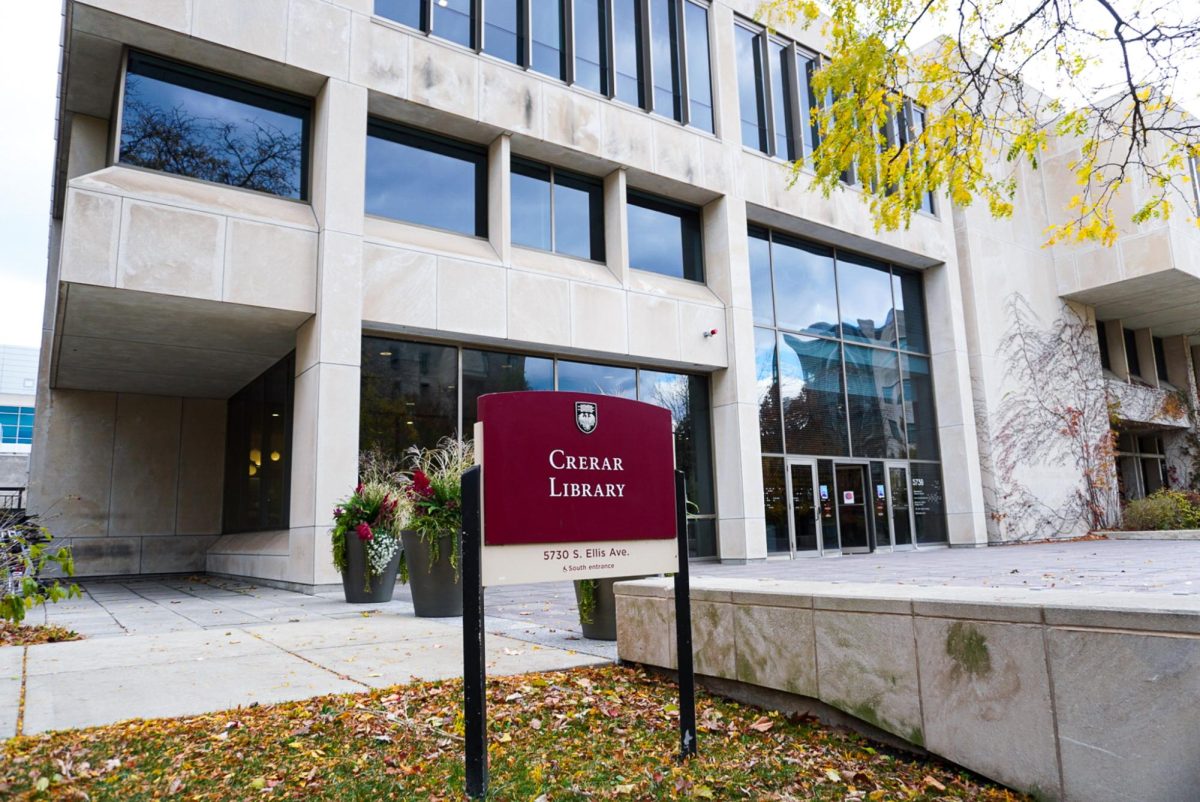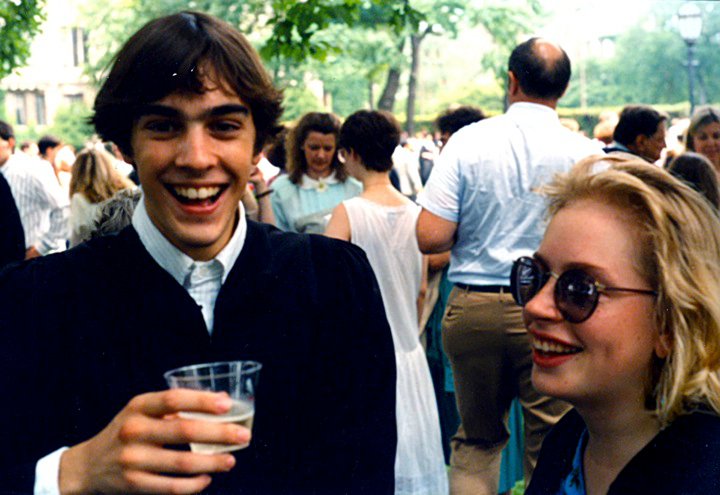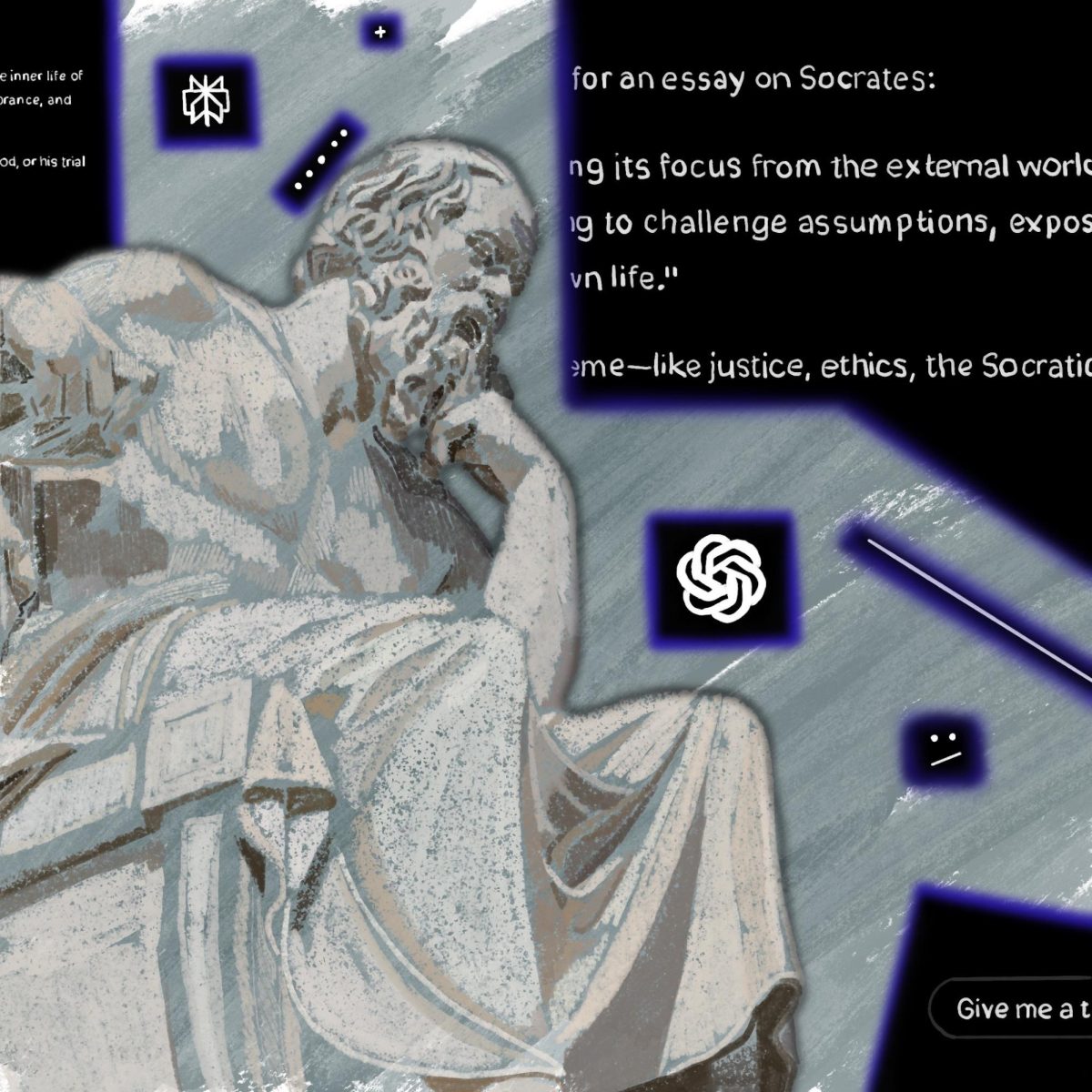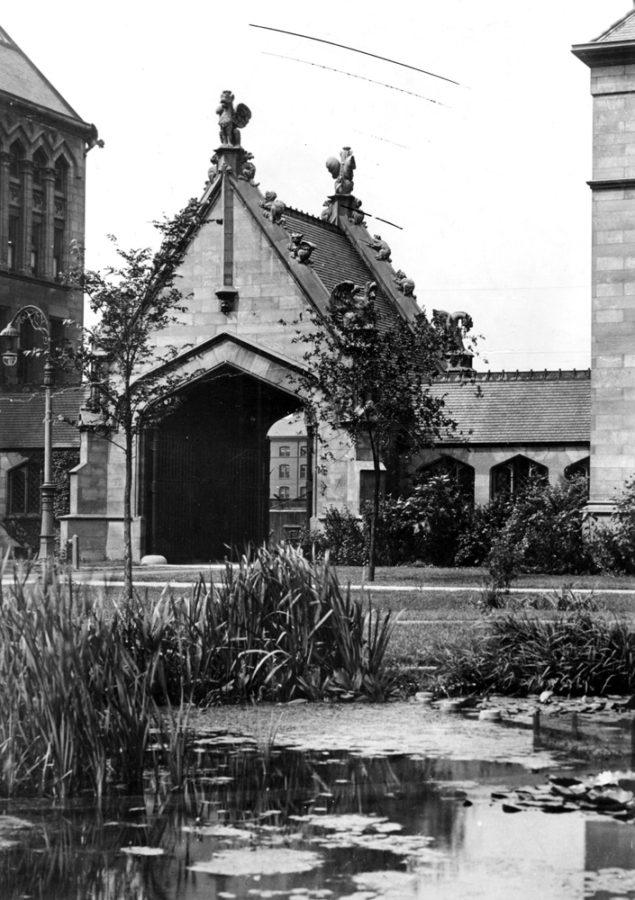On September 17, the provost and chief financial officer (CFO) of the University of Chicago circulated an email to faculty, other academic appointees, staff, and postdocs whose subject was “Information about the University’s finances.” The document offers disparate facts about the University’s debt and deficit, endowment, and investment in education and scholarship.
As with any attempt to address a complex problem in a brief email, their representation of the University’s finances raises many questions. On some topics, further data would be helpful. In general, the email presents facts either in isolation from historical data or their relationship to other facts. This essay represents a small effort to assist the community in understanding both the provost and CFO’s email and the situation of the university.
In this essay, as in all my writing about the University, I rely on data provided by the University. Financial information, in particular, derives from the University’s public financial statements and its tax returns. I will cite other sources as relevant.
For simplicity’s sake, in what follows I focus on the University alone, in isolation from the Medical Center and Marine Biological Laboratory. Basic data for these units in distinction from each other may be found on the closing pages of each year’s financial statements (for example, pages 53–56 for FY24).
The Endowment and Deficit
The provost and CFO provide a figure for the value of the endowment at the close of FY24: “$8.7 billion for the University itself.” This datum occludes an important fact. The value of the endowment at the close of FY24 was actually smaller than that value had been a few years before. In the financial statements, the endowment was valued at $9.484 billion in 2021 and $8.725 billion in 2024. (The close of FY21 represents the peak value for the endowment among public financial statements.)
The decline in value is surprising, given what the provost has characterized as record-breaking fundraising. (Fundraising is the subject of item four, below.) Publicly available data don’t allow us to know the precise composition of the University’s investments. The role of decline in the value of investments in shrinking the endowment is therefore hard to assess. In the absence of that information, we might cite as an interpretive framework the change in value over the same period of a standard index of publicly traded equities. Between the start of FY22 on July 1, 2021, and the close of FY24 on June 30, 2024, the S&P 500 grew by just over 26 percent.
Of course, even if the endowment moved in lockstep with the market, its value does not rise or fall with the markets alone. Among other things, the University draws on the endowment to fund operations. But these draws are intended to be guided by a formula that is printed every year in the financial statements (for example, page 35 in the financial statement for FY24); the “objective [is] a 5.0% average payout over time,” with an eye to preserving the future purchasing power of the endowment.
One answer to the mystery of the shrinking endowment is that the University has been making larger draws on the endowment than its formula suggests since at least 2009. It’s not simply that we have been making draws at the peak or very high end of the specified range, such that our 16-year average is far above the 5 percent target. Nor is it that we have been taking extra draws to support strategic goals, as the formula allows. We have also made extra draws to support operating expenses. The result of these persistent actions in violation of the trustees’ formula has been a decline in the value of the endowment and a substantial weakening of the University’s financial position.
This brings us to the deficit, which the provost and CFO (and page 54 in the financial statement for FY24) identify as $288 million in FY24 (“excess [deficiency] of operating revenue over expenses”). When writing about the University, I have preferred the figure “net cash used in operating activities”—negative $504 million in FY24—precisely because endowment payout is counted as revenue for the purposes of year-to-year accounting.
In other words, the University’s annual “deficit” can be reduced—or be made to look smaller—by drawing on the endowment or, you might say, by liquidating savings. In this way, the future is paying for the present. In endowment talk, the University has diminished the future purchasing power of the endowment to make the annual deficit look smaller.
How to Count the Faculty?
The provost and CFO provide a figure for the percentage growth in the number of “faculty” and say that the “student-faculty ratio has been stable for most of the last decade and is a reduction from six students per faculty member in 2010.”
In my own writing, I have focused on the number of tenure-stream faculty. I do so because I endorse the claim of President Robert J. Zimmer, who in the University’s strategic plan of 2009 described the ratio of tenure-track faculty to students as part of “our core ethos as a University that places a premium on rigorous inquiry.” I have therefore computed and publicized the ratio of students to tenure track faculty over time: it has risen from 5.83 in 2011, to 6.13 in 2017, to 6.71 in 2023.
The figure for the number of students in the College derives from the Registrar’s public data on enrollment. The historical data on the number of tenure-stream faculty derives from data provided by the University’s leadership to the board of trustees, and the current data derives from the Office of Institutional Analysis.
I do not contest that the University spends more on academic compensation than it receives in tuition. That is simply not a useful measure. Among other things, in any given year some faculty are on leave; some people who have only research appointments receive academic compensation; faculty are also compensated for conducting research and performing administration. Academic compensation is a misdirection.
What is important, it seems to me, is the shift in the proportion of teaching in the College performed by different types of “faculty.” I have published a plan presented to the Board of Trustees by the provost in 2017 to drive down the marginal cost of instructing an expanded College by holding the number of tenure-stream faculty steady and shifting the burden of instructional labor in the direction of unionized instructional faculty. In the same article, I have also presented data, compiled by the University itself, to show how that plan was acted on. That we have hired some new tenure-stream faculty since then is not in any way a refutation of this.
Debt
The provost and CFO provided data about the University’s debt as of June 30, 2024, that is, in FY24. The University has in fact conducted at least two further bond issuances in 2025 and has indicated to the markets that it intends to borrow between $300 to $500 million more over the next two years. In other words, on current plans, between 2025 and 2027 our debt load will increase by as much as $650 million and perhaps more.
But let us proceed with publicly available figures. The total volume of the University’s debt increased from FY21 to FY24, from $4.324 to $4.867 billion. Since over that time the value of the University’s endowment shrank, the ratio of our debt to financial assets increased.
On the subject of the incidence of debt servicing to University operations, it is true that cash paid for interest in FY21 was $167.1 million, which was 6.5 percent of operating expenses of $2.5524 billion, whereas in FY24 cash paid for interest was $183.7 million, or 5.5 percent of operating expenses of $3.3157 billion.
But it seems to me problematic to compute debt servicing as a percentage of expenses, not least when one is running a huge deficit. To put the matter bluntly, simply by overspending even more, one could further reduce the ratio of debt servicing to expenses—which is more or less exactly what we have been doing. That is why I have tended to illustrate the magnitude of the problem by citing the ratio of cash paid for interest to an estimate of College tuition. But one could also compute the ratio of cash paid for interest to total operating revenue, which would at least give a sense of the proportion of what the University pays in interest compared to what it actually earns. In FY21, this ratio was 0.0662; in FY24, it was 0.0607.
There has been some improvement, to be sure. But this may be a more realistic measure of where we stand.
Is Fundraising “Record-Breaking?”
The University’s leadership has characterized recent fundraising as record-breaking in at least two town halls. I have had some trouble cashing out this claim.
Of course, a single figure from the financial statements doesn’t capture the full story. One could combine measures of private gifts in the categories of temporarily and permanently restricted assets, and surely there are other and probably better ways to do this. It is also possible that there are pledges of future gifts that cannot be recorded as income, not only because the money has not yet appeared, but also because it may not appear. Whether the leadership’s characterization of its own success is accurate will depend on someone’s offering a full account of the figure they are using and a tabulation of the numbers from the financial statements.
Cryptocurrency
I am myself not troubled by the issue of cryptocurrency, except insofar as investing in it seems imprudent. There is also the fact that the University invested in cryptocurrency in a period when returns on the endowment overall appear to have been unimpressive. Nor have I investigated any of the reporting on the University’s investments in cryptocurrency. But for those who do not want to read the financial statements, these record cryptocurrency investments of $64.474 million in FY21 and $45.451 million in FY22. To the best of my knowledge, those are the only two years in which cryptocurrency figures in the financial statements.
On several occasions in recent months, I have been advised that writing publicly about what the University actually does is harmful to the University’s reputation. By contrast, I am firmly of the belief that transparency leads to more honest and more careful deliberation. This seems to me particularly true of the University of Chicago, which has long prided itself on open discourse and data-driven policymaking. We should strive to live up to this legacy so that together we can chart the future of the University.
Clifford Ando is the Robert O. Anderson Distinguished Service Professor in the Departments of Classics and History at UChicago and an Extraordinary Professor in the Department of Ancient Studies at Stellenbosch University.



